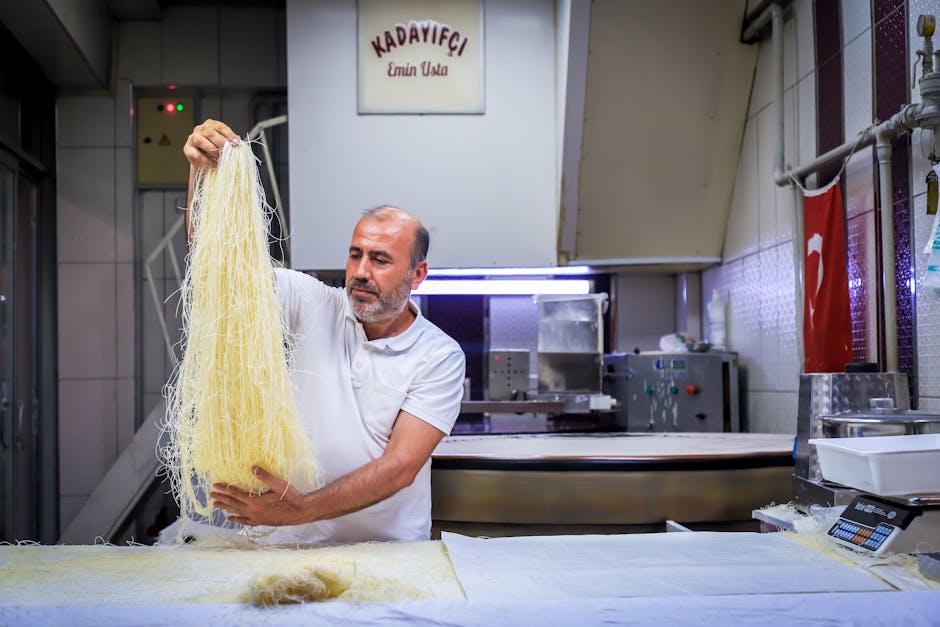Introduction: The Culinary Retention Crisis
Did you know the restaurant industry faces a staggering 73% annual turnover rate? Consequently, retaining talented chefs has become the single greatest challenge for successful restaurants. This crisis stems from toxic environments, not a lack of passion. Therefore, building a better workplace culture is not optional; it is essential for survival. Specifically, retaining chefs through better workplace culture requires a complete operational overhaul. Ultimately, this article will explore practical strategies to create a kitchen where talent thrives and stays. Moreover, we will provide actionable insights for owners and managers ready to invest in their people.
The High Cost of Chef Turnover
First, understanding the financial impact highlights the urgency. The cost of replacing a single chef can range from $5,000 to $15,000. This includes recruitment, training, and lost productivity. Additionally, high turnover damages team morale and consistency. It also negatively impacts guest experience and reputation. Therefore, investing in retention is far cheaper than constant rehiring.
Pillars of a Positive Kitchen Culture for Retaining Chefs
Next, let’s examine the core components of a healthy environment. A supportive framework is fundamental for retaining chefs long-term.
1. Competitive Compensation and Benefits
Fair pay is the foundation of respect. Importantly, this includes livable wages, overtime pay, and health insurance. Additionally, consider offering performance bonuses and profit-sharing. These tangible benefits show chefs they are valued investments.
2. Work-Life Balance and Scheduling Respect
Moreover, brutal hours are a primary reason chefs leave. Implement predictable schedules with limited split shifts. Furthermore, encourage using vacation time and honor time-off requests. This respect for personal time prevents burnout and promotes loyalty.
3. Professional Growth and Development Opportunities
Chefs are artists who crave growth. Support this by funding continuing education and certifications. Additionally, create clear paths for promotion from commis to sous chef and beyond. This investment in their future encourages them to build a career with you.
Leadership’s Role in Chef Retention
Furthermore, toxic leadership is a major driver of turnover. The behavior of the Executive Chef and management sets the entire tone.
From Screaming to Coaching: Modern Kitchen Leadership
Old-school, militaristic yelling is obsolete. Instead, adopt a coaching mentality that focuses on teaching and mentorship. This builds respect and trust, rather than fear and resentment.
Providing Clear Communication and Feedback
Regular, constructive feedback is crucial. Implement weekly check-ins and quarterly reviews. This gives chefs a voice and a clear understanding of their performance and goals.
Fostering Team Collaboration and Respect
A kitchen is a team sport. Cultivating a sense of unity is critical for retaining chefs. Encourage collaboration between stations. Furthermore, recognize team achievements, not just individual wins. This creates a supportive environment where everyone succeeds together.
Practical Strategies for Improving Workplace Culture
Now, let’s translate theory into action. Here are immediate steps you can take.
- Conduct anonymous surveys to hear honest feedback from your staff.
- Implement a “family meal” where the entire team sits down to eat together.
- Create a “kitchen council” to involve line cooks in menu development.
- Invest in better equipment to improve safety and efficiency.
- Publicly recognize and reward employees of the month.
For personalized guidance, consider our HR consultation services to develop a tailored plan.
Measuring the Success of Your Culture Initiatives
Finally, you must track your progress. Key metrics include turnover rate, employee satisfaction scores, and tenure. Regularly review these metrics to see what’s working and where to adjust your strategy.
FAQ on Retaining Chefs Through Better Workplace Culture
What is the number one reason chefs leave their jobs?
The primary reason is toxic workplace culture, often characterized by poor leadership, lack of respect, and unsustainable work hours, not the search for higher pay alone.
How can a restaurant improve culture on a tight budget?
Focus on free changes: respectful communication, consistent schedules, public recognition, and involving staff in decisions. Culture is more about behavior than budget.
What are the signs of a toxic kitchen culture?
High turnover, constant gossip, fear of speaking up, high stress levels, and chefs calling in sick frequently are all major red flags.
How does retaining chefs benefit a restaurant?
Retention leads to lower costs, higher consistency, better team morale, improved guest experiences, and a stronger reputation, directly boosting profitability.
How long does it take to change a kitchen’s culture?
Cultural change is a marathon, not a sprint. You can see improvements in morale in 3-6 months, but solidifying a new culture typically takes 1-2 years of consistent effort.
Conclusion: Your Kitchen’s Future
In conclusion, the path to retaining chefs is clear. It requires a dedicated shift toward a respectful, supportive, and rewarding workplace culture. This is not a quick fix but a strategic investment in your most valuable asset: your people. By implementing fair compensation, fostering growth, and championing positive leadership, you build a kitchen where talent wants to stay. Finally, the journey to better culture starts today. Contact our experts to begin transforming your kitchen and secure your culinary team’s future.




